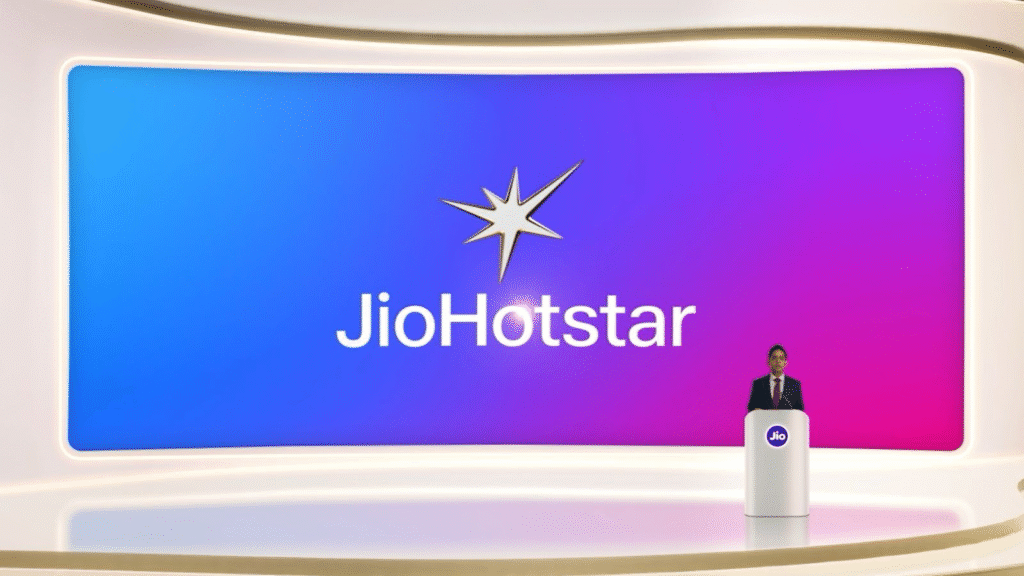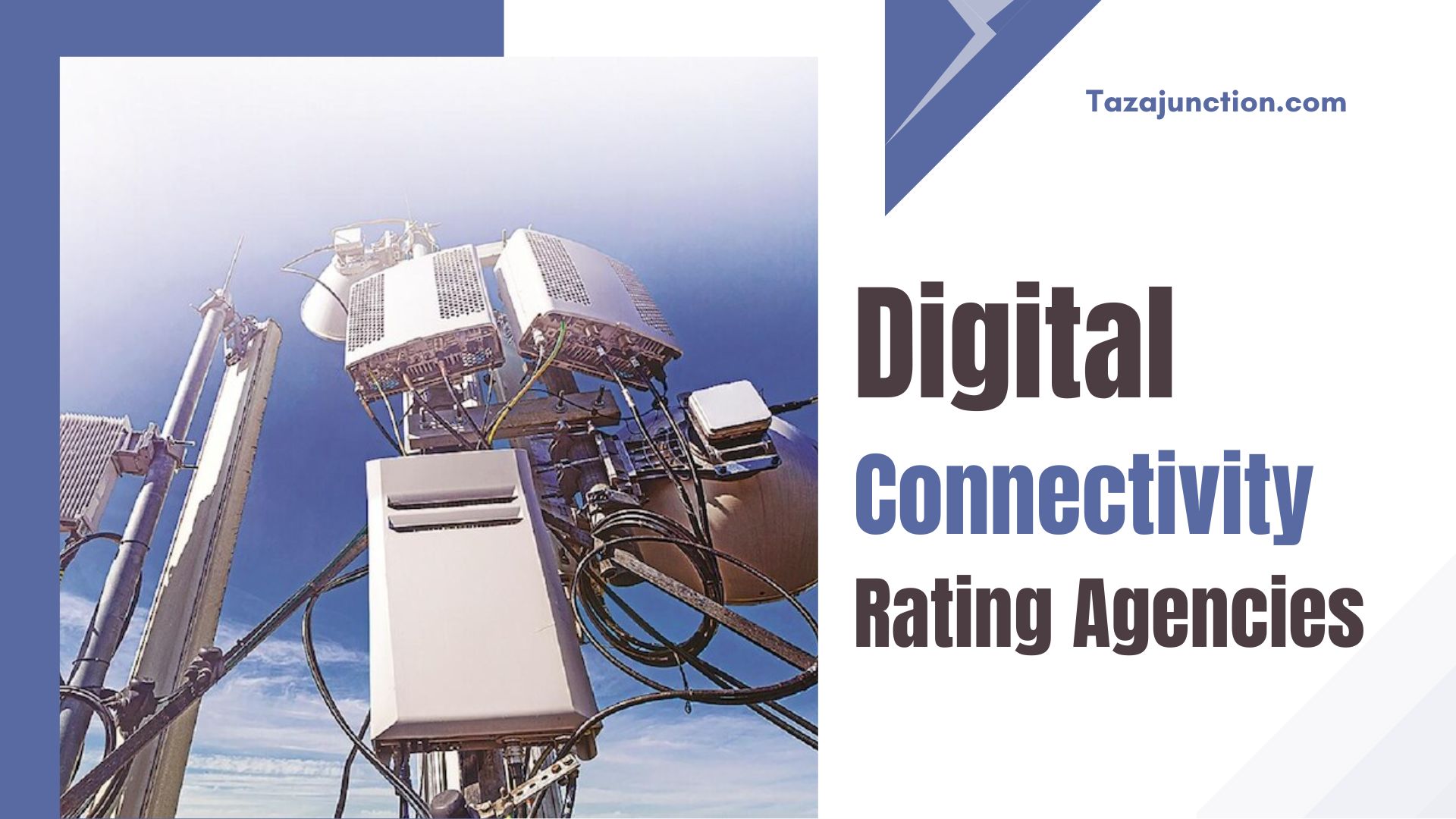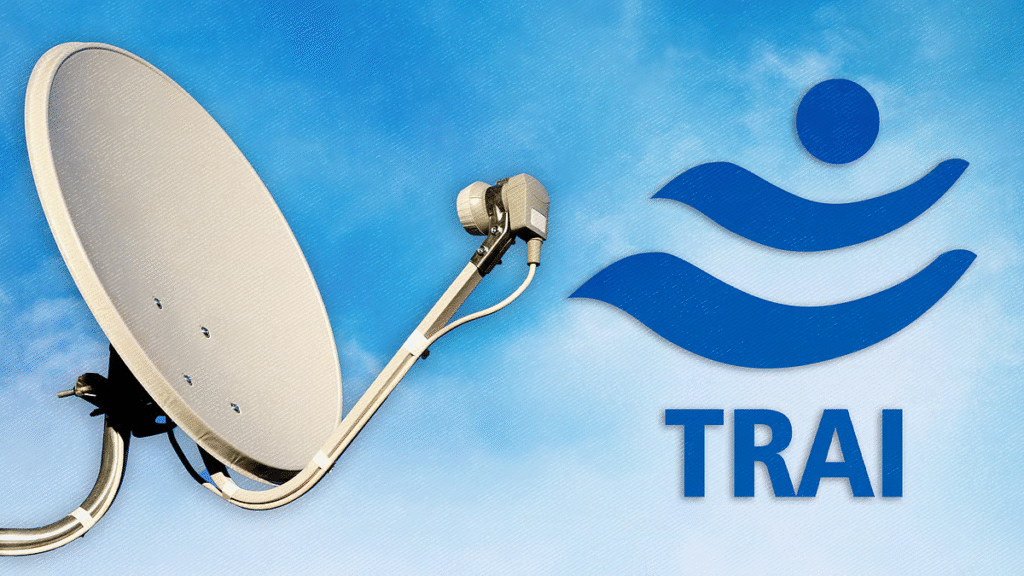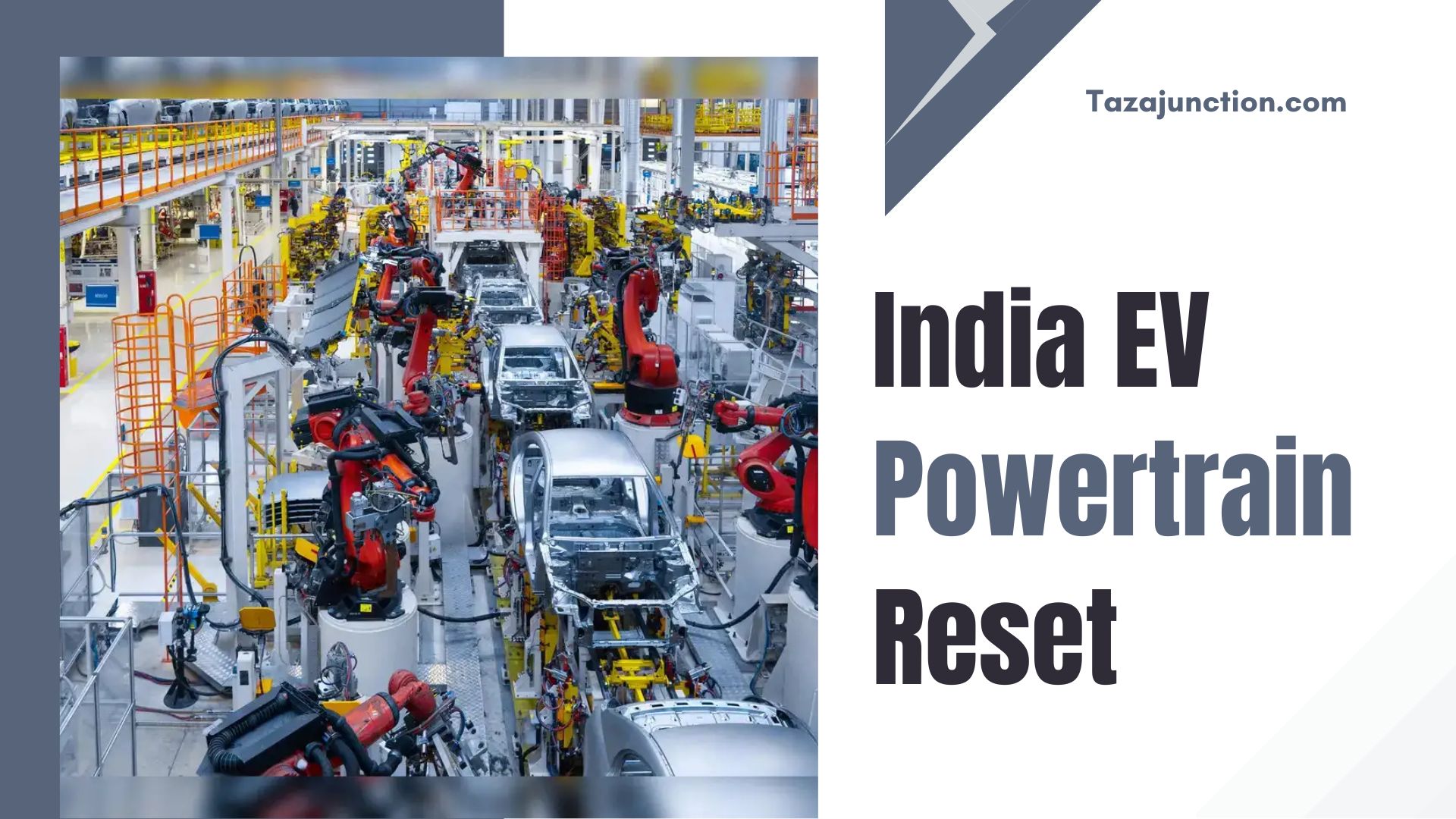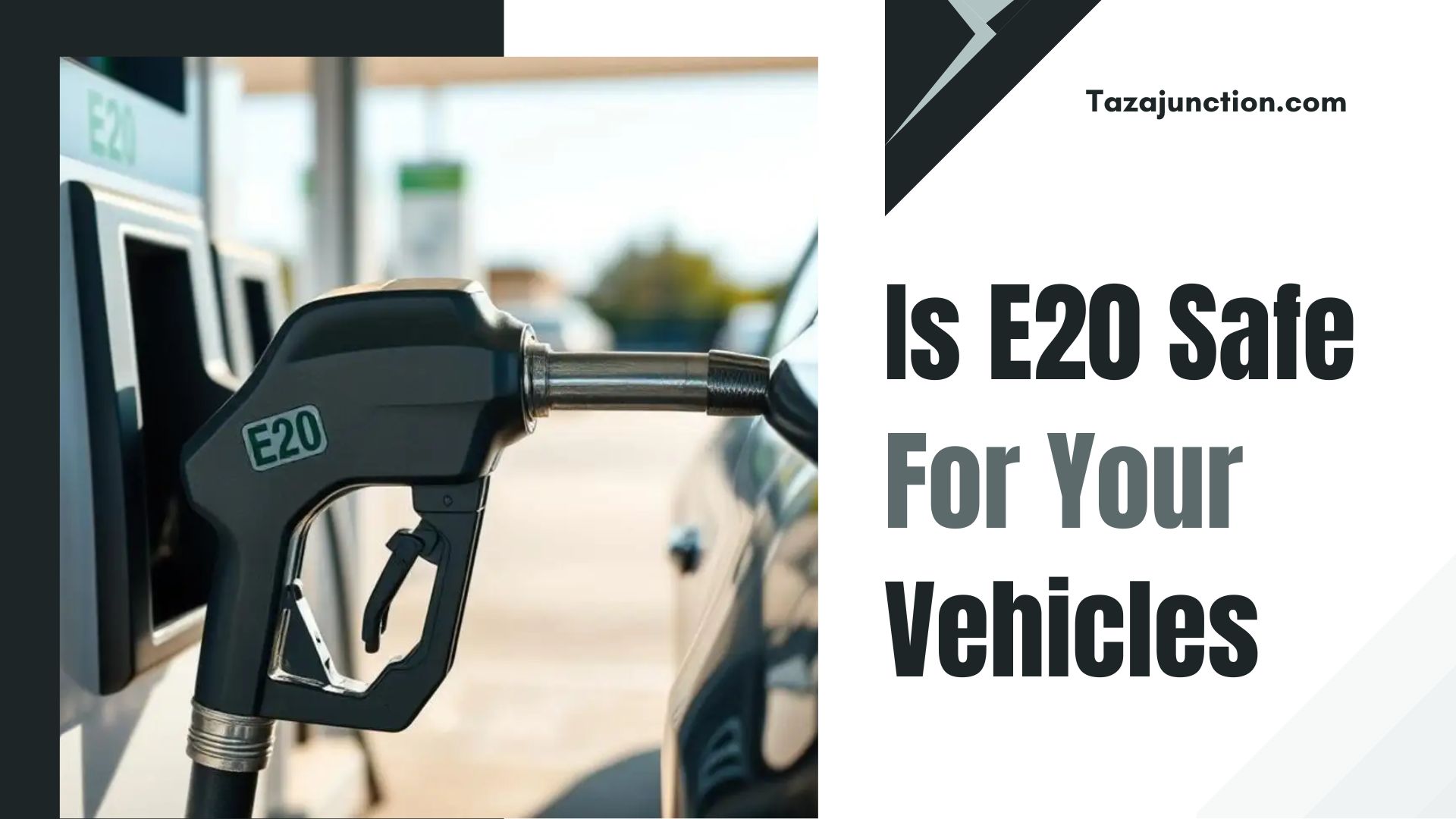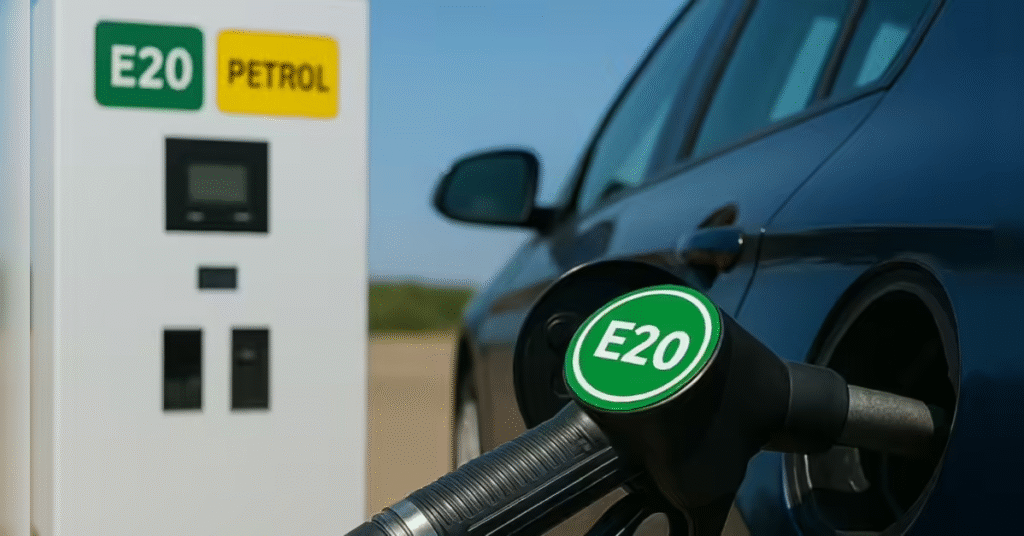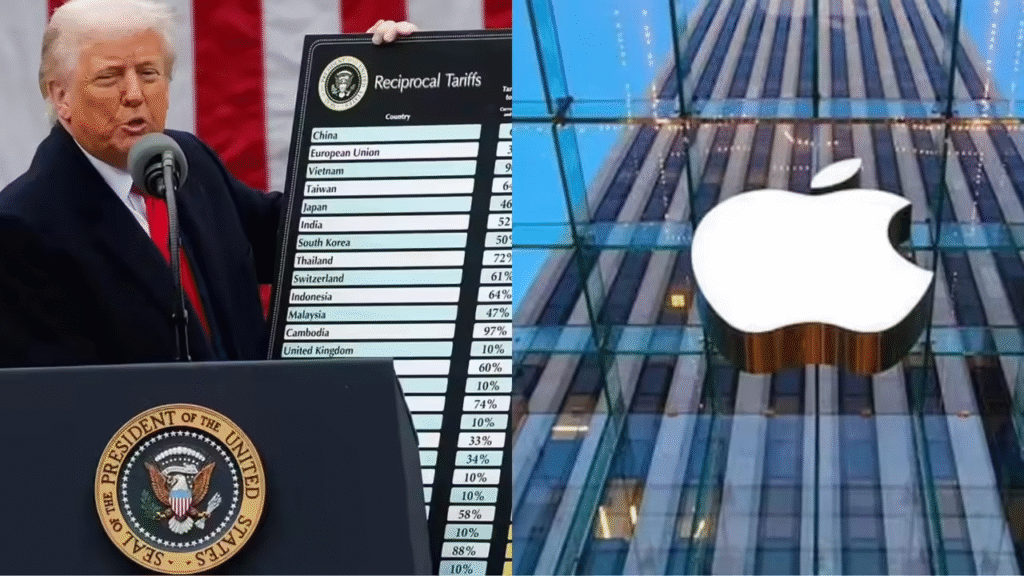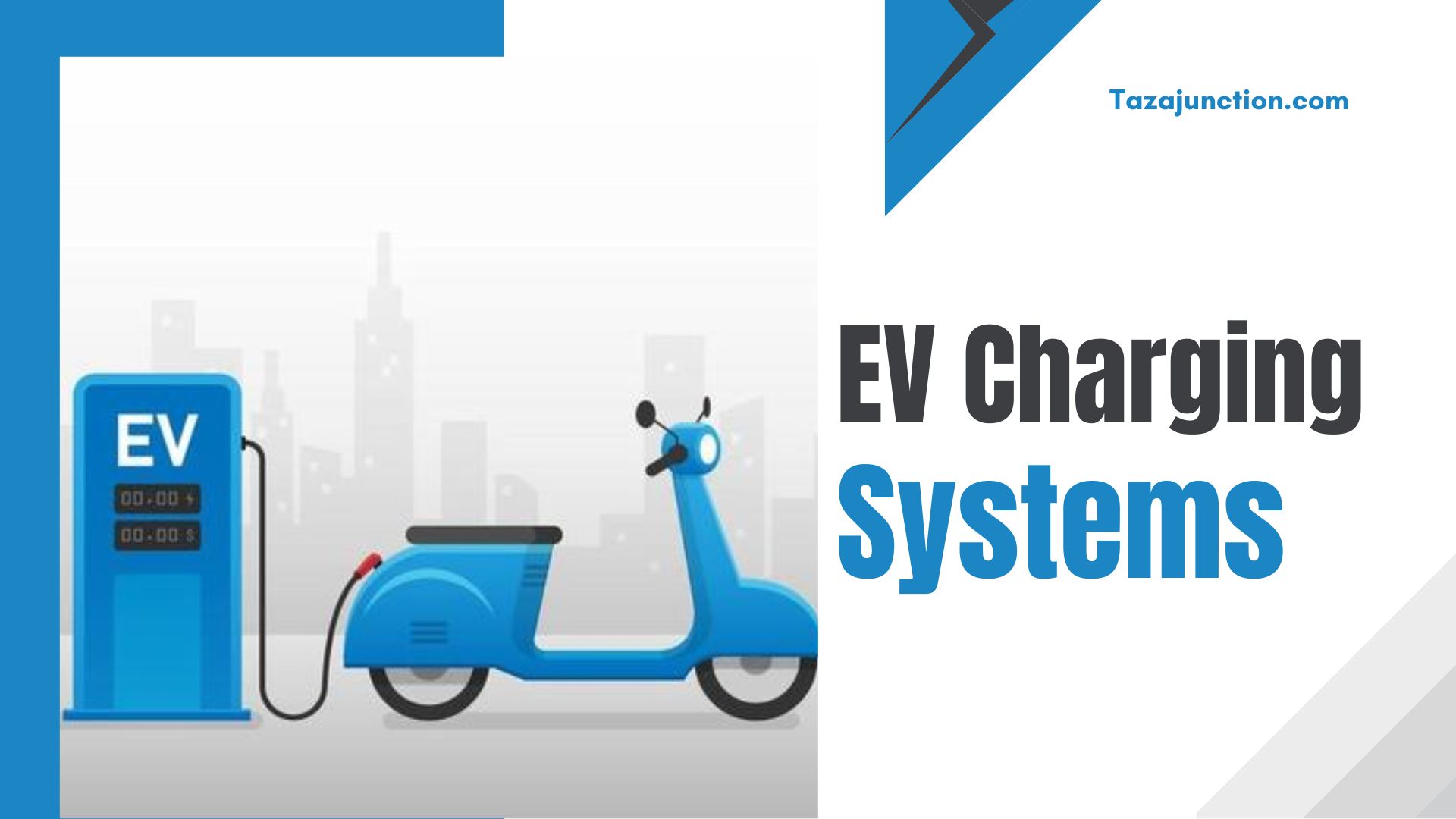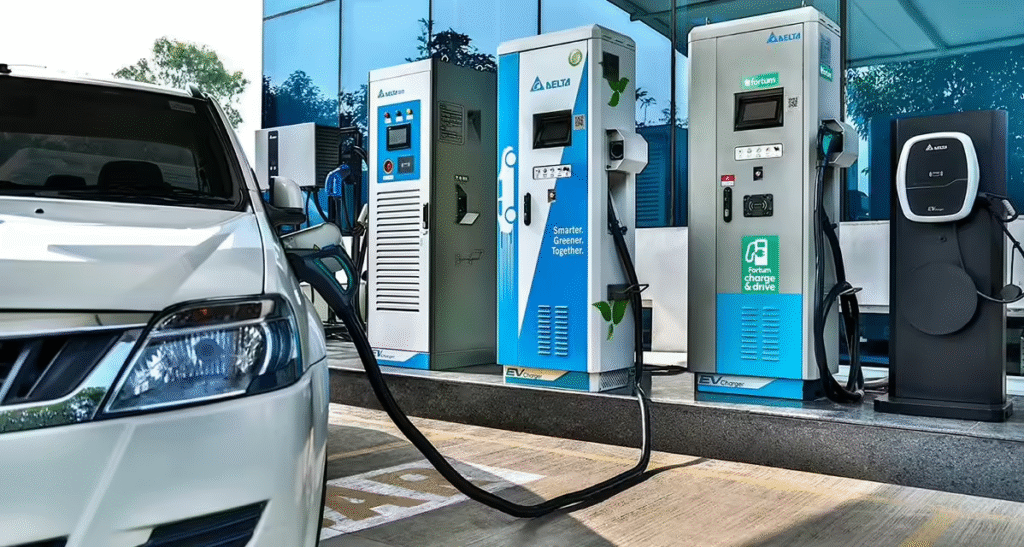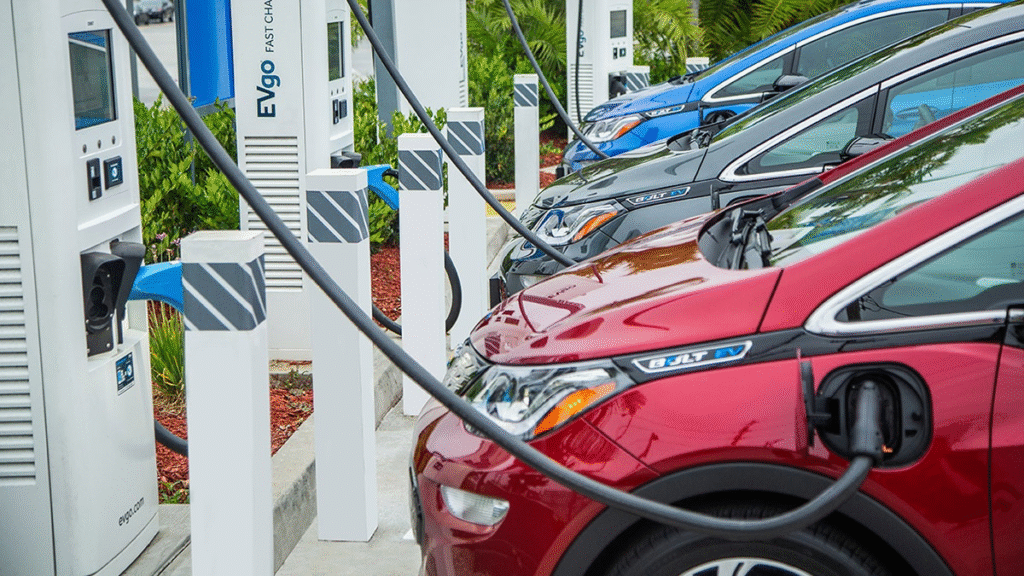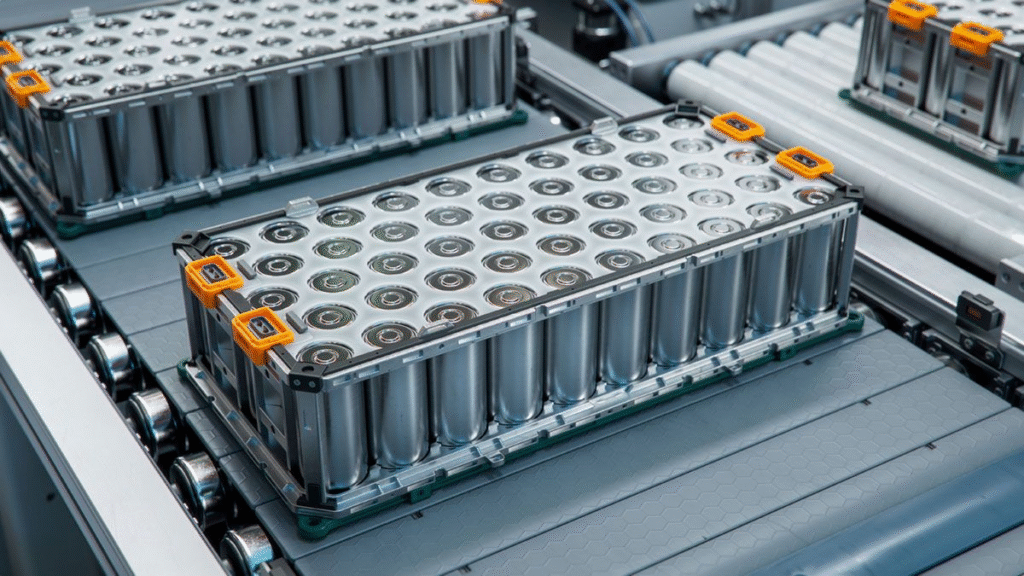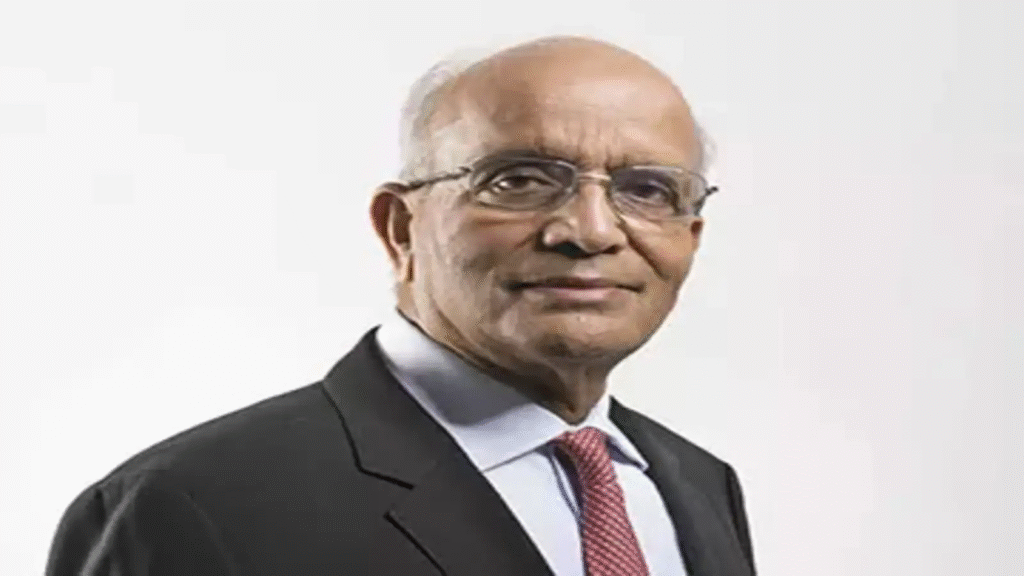In the rapidly shifting world of social media, platforms rise and fall as user preferences, regulations, and global politics shape their usage. Over the past few years, one trend has stood out in particular: the rapid growth of Russian influencers on Telegram.
With Instagram and Facebook facing restrictions in Russia and Western platforms losing traction due to bans or limited access, Telegram has emerged as the platform of choice for influencers who want to connect with audiences, promote brands, and share unfiltered content.
This shift has transformed the influencer ecosystem in Russia, offering creators both new opportunities and unique challenges.
Let’s explore with TazaJunction.com about why Russian influencers on Telegram are thriving, what makes the platform appealing, and how this trend is shaping the future of digital influence.
Table of Contents
The Rise of Telegram as Russia’s Go-To Platform
Telegram, originally developed as a messaging app, has evolved into something much bigger. It is now a hybrid platform offering private chats, group communities, public channels, and even monetization tools.
When Western social media platforms faced restrictions, Telegram became the natural alternative for creators. Unlike Instagram, which focuses heavily on visual content, or YouTube, which requires video production, Telegram allows influencers to share posts instantly—whether text, photos, videos, or voice messages.
This flexibility gave Russian influencers on Telegram a way to keep their audience engaged without the barriers of censorship or high production costs. Many creators who once thrived on Instagram have successfully migrated their communities to Telegram channels, where they maintain close connections with followers.
Why Telegram Appeals to Influencers?

Several features make Telegram particularly attractive for influencers:
- Direct Communication: Unlike other platforms where algorithms decide visibility, Telegram ensures that posts reach subscribers directly. This gives Russian influencers on Telegram more control over their audience engagement.
- Community-Building Tools: Telegram groups allow influencers to create interactive spaces where followers can comment, discuss, and feel like part of a community. This builds stronger loyalty compared to one-sided platforms.
- Privacy and Security: Telegram’s reputation for security appeals to both creators and users, especially in an environment where censorship and data privacy concerns are widespread.
- Monetization Options: With paid subscriptions, ad networks, and collaborations, Russian influencers on Telegram can earn money directly from their content.
The Types of Content Thriving on Telegram
While Instagram focused heavily on lifestyle and visuals, Telegram has opened the door to more diverse forms of content. Popular categories among Russian influencers on Telegram include:
- Lifestyle and Fashion: Creators still share outfit inspirations, shopping tips, and fashion updates.
- News and Politics: Many influencers combine personal opinions with breaking news, giving audiences unfiltered perspectives.
- Education and Self-Improvement: From language learning to fitness routines, Telegram channels are filled with practical guides.
- Entertainment and Humor: Memes, short videos, and behind-the-scenes content have exploded in popularity.
This diversity allows influencers to reach different demographics and cater to niche audiences who feel underserved by mainstream media.
How Brands Are Responding?
Brands have quickly realized the marketing potential of Russian influencers on Telegram. While Instagram and TikTok once dominated influencer campaigns, brands are now turning to Telegram for collaborations. Sponsored posts, giveaways, and product promotions within Telegram channels are becoming increasingly common.
The unique advantage lies in Telegram’s high engagement rates. Since followers subscribe voluntarily and see posts without algorithmic filtering, they are more likely to interact with content. This makes advertising campaigns more effective and gives brands confidence in their investments.
Challenges Facing Influencers on Telegram
Despite the opportunities, thriving on Telegram is not without challenges. Some issues include:
- Monetization Limits: Compared to platforms like YouTube, Telegram’s monetization tools are still developing. This means many Russian influencers on Telegram must rely on brand deals or outside platforms for income.
- Competition: With so many influencers migrating, standing out is becoming more difficult. Creators must offer unique value to retain and grow their audiences.
- Content Piracy: Since Telegram allows easy forwarding of content, protecting intellectual property is harder. Paid or exclusive content can sometimes spread without permission.
- Platform Regulation: While Telegram currently offers freedom, changes in government regulation or platform policies could impact how influencers operate in the future.
The Audience Perspective
For Russian users, following influencers on Telegram is more than entertainment—it’s about community, trust, and authenticity. Many feel that Russian influencers on Telegram provide more relatable and honest content than mainstream celebrities.
This sense of closeness encourages users to support their favorite creators through paid subscriptions, donations, and merchandise purchases.
Audiences also appreciate the immediacy of Telegram. Instead of filtered, polished photos, they receive raw updates, personal notes, and behind-the-scenes glimpses of influencers’ lives. This unfiltered communication builds stronger emotional connections.
Future of Influencer Marketing in Russia
Looking ahead, it’s clear that Telegram will remain a dominant force in Russian influencer culture. The platform is continuously adding features to support creators, including premium subscriptions, ad networks, and enhanced analytics.
If these tools continue to evolve, Russian influencers on Telegram could rival global creators on platforms like Instagram and YouTube.
Additionally, the success of influencers on Telegram may inspire other regions to adopt similar models. If political or regulatory issues impact access to global platforms, Telegram could see international growth in influencer culture.
Case Studies: Success Stories on Telegram
Several influencers have already demonstrated how Telegram can serve as a powerful platform for growth:
- Fashion Bloggers who once thrived on Instagram have recreated similar content strategies on Telegram, but with more personal engagement.
- Political Commentators have built loyal audiences by offering unfiltered news and analysis.
- Fitness Coaches are using Telegram to share daily routines, diet plans, and motivational messages.
These case studies highlight how Russian influencers on Telegram can adapt across industries, proving the platform’s versatility.
Conclusion
The rise of Russian influencers on Telegram marks a significant shift in the country’s digital landscape. With restrictions on Western platforms and growing demand for direct, authentic communication, Telegram has become the natural home for influencers in Russia.
While challenges such as monetization and competition exist, the opportunities far outweigh the obstacles. Brands, creators, and audiences are all embracing the platform, turning Telegram into a thriving hub for influencer culture.
As the influencer marketing industry evolves, the success of Russian influencers on Telegram may serve as a blueprint for how creators worldwide can adapt to changing platforms and continue building meaningful connections with their audiences.



